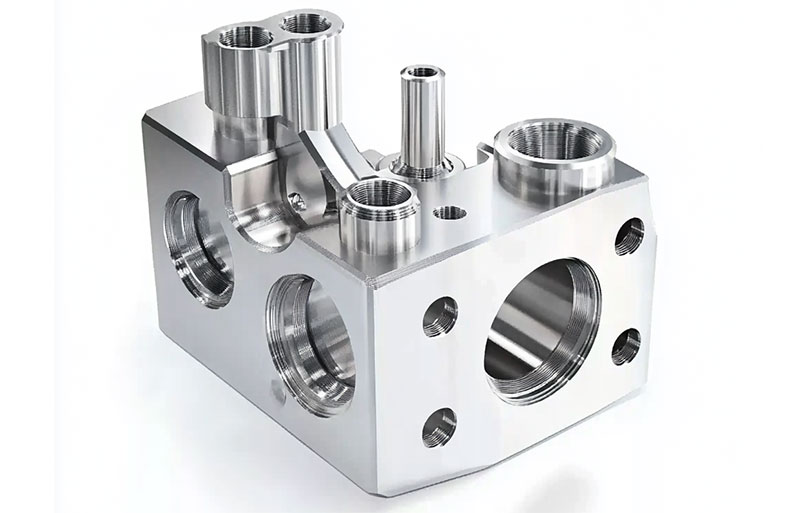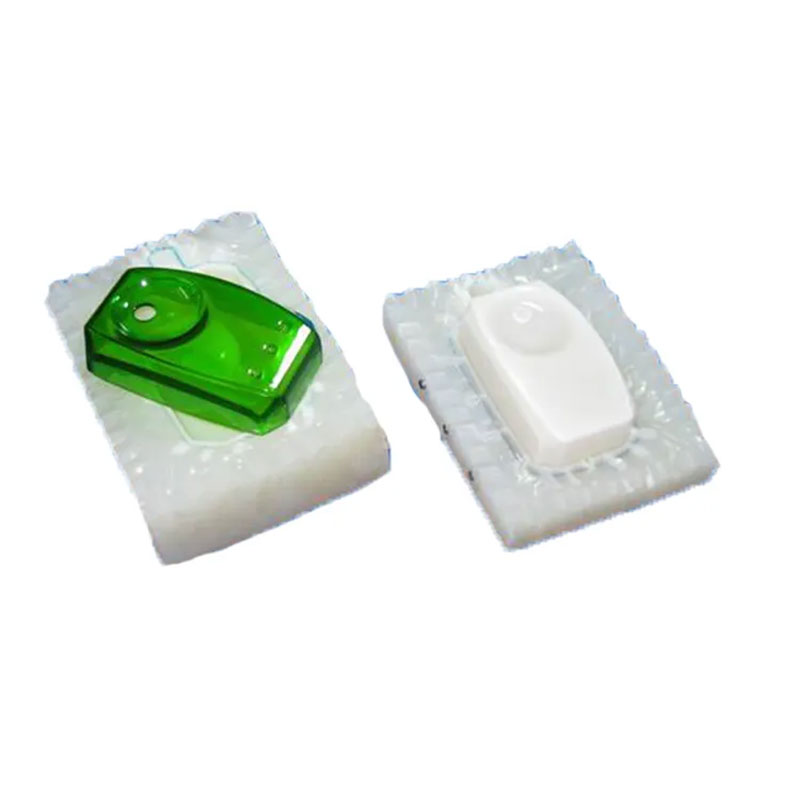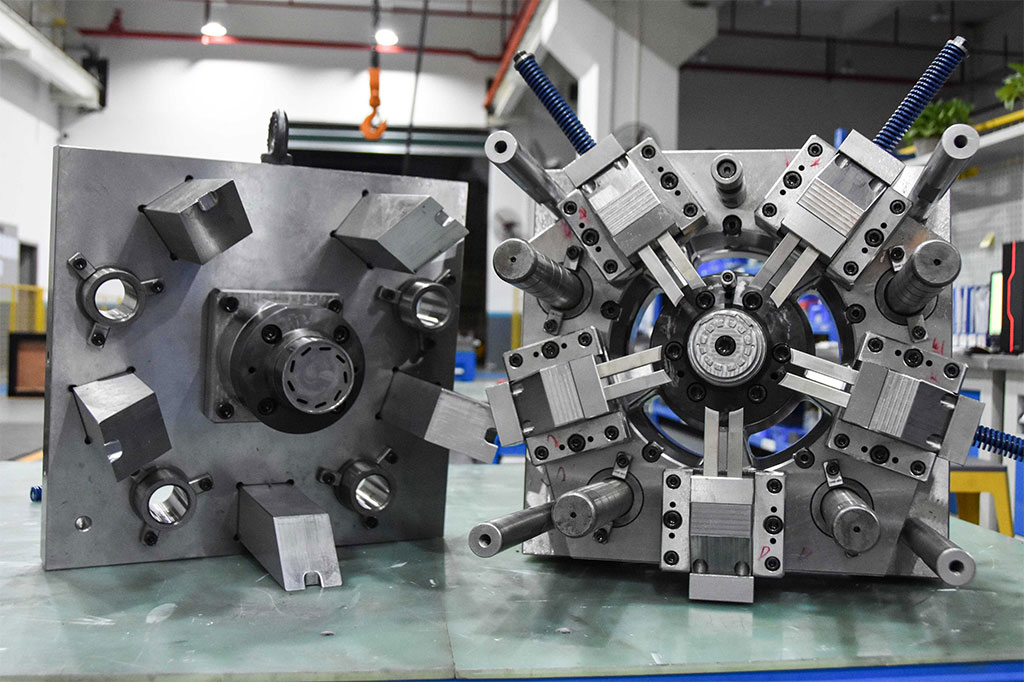Blind holes and through holes are the common types of holes used in product manufacturing. Other types of holes in manufacturing include:

Simple Hole
A simple hole is the most widely used hole in engineering and machining. It is usually straight, cylindrical, and has a constant diameter that extends through the material’s thickness. These holes are perfect for assembly, clearance, and location purposes.
Reamed Hole
A reamed hole is smoothened and sized to a precise diameter, with a preferred finish by a unique CNC tool known as a reamer.
Countersunk Hole
This is a conical type of hole created by drilling into a workpiece to ensure a bolt or screw head can flush with the material’s surface. Machinists cut a countersink in a workpiece to give it a flat surface and prevent the protrusion of a screw or bolt.
Counterbore
A counterbore is a flat-bottomed hole cut bigger and deeper than the existing hole in a workpiece material. It involves drilling a cylindrical recess into a material to make a flat surface around the hole. It has a larger diameter at the top, which accommodates the head of the bolt or screw.
Tapped Hole
A tapped hole is a hole with threads cut into it with a specialized tool known as a tap. The tapping process cuts threads into the workpiece material with the desired depth. Tapped holes apply to components like screws or bolts that require a secure fastening mechanism.
Tapered Hole
A tapered hole is another commonly used hole in engineering. It features a gradual diameter change from one end to the other. This hole is used in various applications, like press-fit joints, to hold two components firmly in an assembly.


